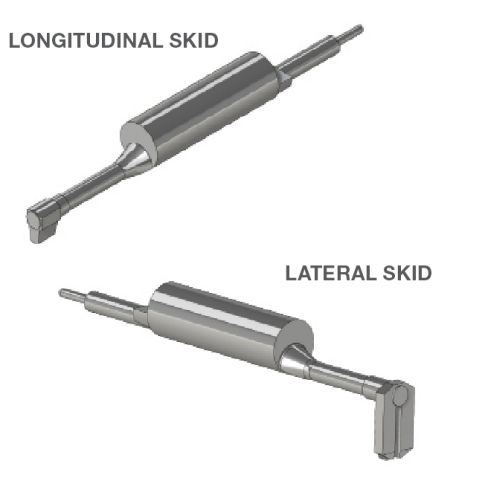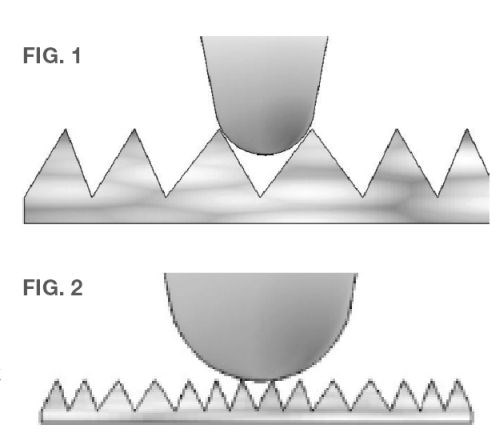Considering Probes for Roughness Measurement
Skidded probes are available in two types: longitudinal and lateral. Here’s how to decide which is best for your surface finish measurement.
For measurement accuracy, the ideal situation is to have the skid on the measurement probe sit atop the peaks on the surface of the part, as shown in Figure 2. With the skid sitting atop the peaks, the stylus will travel the full dimension, from the top of the peak to the lowest valley. This ensures that no mechanical filtering of the measurement results occurs.
Related Content
Threading On A Lathe
The right choices in tooling and technique can optimize the thread turning process.
Read More10 Tips for Titanium
Simple process considerations can increase your productivity in milling titanium alloys.
Read MoreChoosing The Right Grinding Wheel
Understanding grinding wheel fundamentals will help you choose the right wheel for the job.
Read MoreUnderstanding The Four Major Behavioral Styles
Companies today are expanding the role of teams in the workplace in an effort to empower employees and improve organizational effectiveness. The more we try to work as a team, the more important it becomes to recognize that people exhibit different behavioral styles.
Read MoreRead Next
3 Mistakes That Cause CNC Programs to Fail
Despite enhancements to manufacturing technology, there are still issues today that can cause programs to fail. These failures can cause lost time, scrapped parts, damaged machines and even injured operators.
Read MoreThe Cut Scene: The Finer Details of Large-Format Machining
Small details and features can have an outsized impact on large parts, such as Barbco’s collapsible utility drill head.
Read More

























